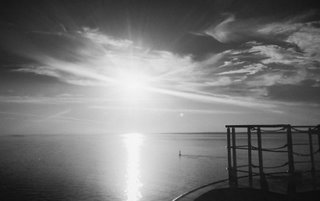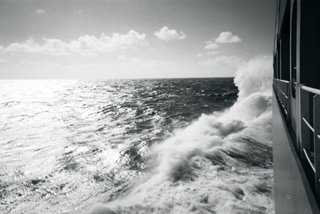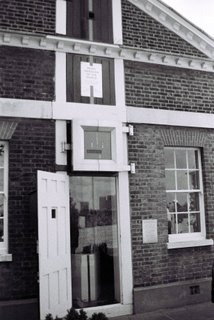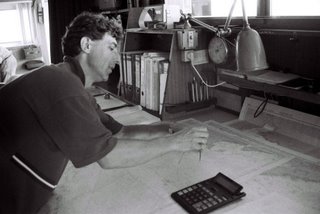Anonymous death
The recent passing of a friend’s father had me mulling mortality again and, coming near the weekend that Christians celebrate death and resurrection, it also had me considering the way we deal with the end of life. Volumes have been written about the topic by far more knowledgeable individuals than myself, but few concern themselves with the deaths of mariners.
As I’ve said before, seafaring is the most dangerous job a human being can take on: thousands and thousands of people set out upon on the oceans, seas, lakes and rivers of our planet never to return home. That’s not hyperbole, that’s just a fact of their lives. To travel at sea is to constantly journey over the wrecks of ships and the bones of their inhabitants. They’re overwhelmingly forgotten and anonymous, submerged beneath fathoms of water in the darkest and coldest of places.
The anonymity of these deaths at sea irks many merchant mariners. To be forgotten in life is one thing; to be forgotten in death is quite another. Several seafarers spoke to me about the aftermath of a recent accident aboard a Canadian Navy submarine. The HMCS Chicoutimi was on her maiden voyage from Scotland to Halifax in October of 2004 when a fire broke out as she was traveling on the surface of the Irish Sea. Acrid smoke filled the boat’s compartments and left her without power, wallowing in rough waters. A number of the crew were seriously injured and one, Lieutenant Chris Saunders, died in an Irish hospital a few days later. His death became front-page news in Canada, his dedication and service to his country lauded by politicians in Parliament. When this submariner’s body arrived home in Canada it was met by dignitaries including our prime minister and Lt. Saunders was accorded a funeral with full military honours.
And yet Lt. Saunders died not in battle, nor even in a war zone. He died doing his job. A few weeks before his tragic death, a couple of fishermen from Newfoundland drowned when their vessel took on water in the middle of a storm. No one stood in Ottawa to commemorate them; no government leader appeared at their funerals; and no one remembers their names, except the villagers of St. Brendan’s Newfoundland, where the seafarers left wives and children behind.
For the record, those fishermen who perished were two brothers, David and Joseph Ryan.
I mean no slight to members of the Canadian navy and military here, merely to recount what commercial seafarers told me. Six and half thousand professional mariners will die on the job this year. And few will be celebrated, though many will be mourned in private.







